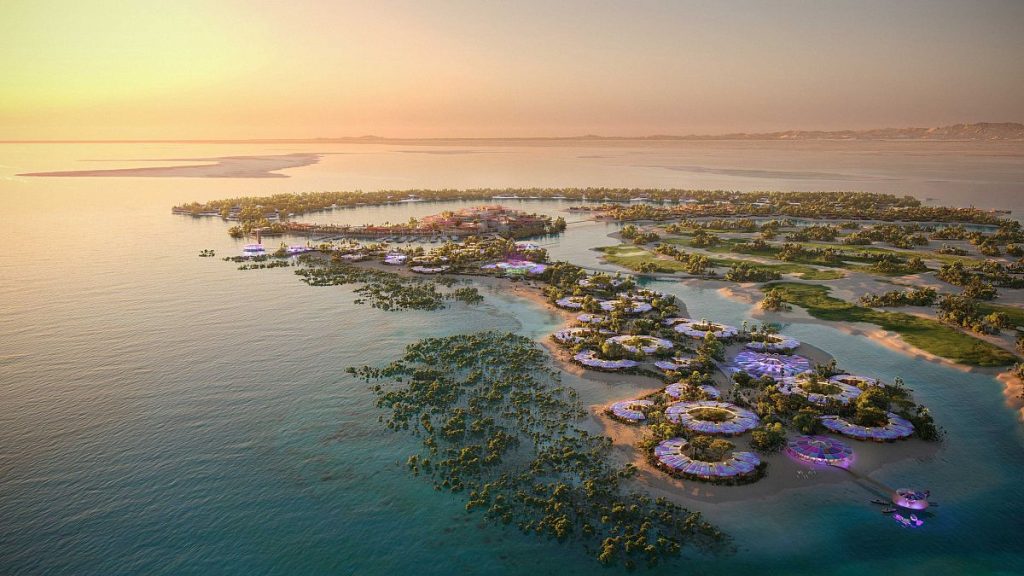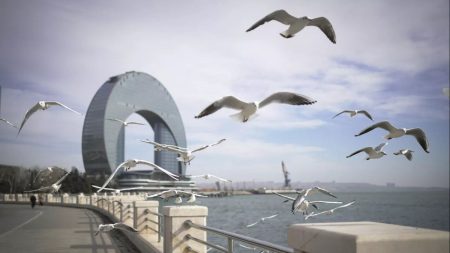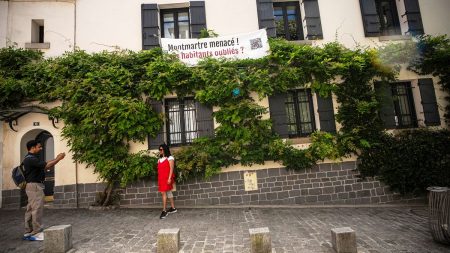Saudi Arabia is embarking on an ambitious regenerative tourism project along its western coastline, managed by Red Sea Global. This project focuses on renewable energy, social responsibility, and protecting fragile ecosystems. The Thuwal Private Retreat, located one hour from Jeddah, is already open as a small, exclusive buyout island. The Red Sea project involves developing five of the 90 islands in the pristine crystal water archipelago, with luxury resorts such as St Regis, Ritz Carlton Reserve, and the first wholly owned and operated luxury resort Shebara already welcoming visitors. The Six Senses Southern Dunes Resort opened in November 2023, and a further 11 new resorts are planned for Red Sea, along with eight more resorts at the AMAALA destination.
John Pagano, CEO of Red Sea Global, explains the responsibility of developing the project in a manner that enhances the destination while protecting it. Scientific partners were brought in to understand the biodiversity of the area, with a goal of increasing the net conservation value by 30% over the coming decades. Conservation efforts include preserving the fourth-largest barrier reef system in the world and planting 50 million mangroves by 2030. Additionally, 50% of resort operations run on renewable energy, including a UV charging network. The aim is to save up to five million tons of CO2 emissions annually across the Red Sea and AMAALA destinations once fully complete, making it the largest tourism destination powered completely by sunshine.
The luxury resorts offer activities designed to support the regeneration of the local ecosystem, such as responsible diving, eco-friendly water sports, and land adventures like hiking trails and ziplines. Red Sea Global prioritizes hiring local workers, with 30-40% of all hires coming from the surrounding areas. Community investment also includes vocational programs and scholarships for young Saudis to study International Hospitality Management. Pagano stresses the importance of involving the local community in sustainable and regenerative development, stating that it is crucial for the project’s success.
The Red Sea project aligns with Saudi Arabia’s Green Initiative, which aims for 50% of energy to come from renewable sources by 2030. Pagano emphasizes the country’s transition from oil dependence to sustainable industries like green hydrogen, reflecting the global trend towards environmentally conscious tourism. He notes that younger generations are willing to pay more for sustainable options and that the Red Sea project aims to meet the demand for regenerative tourism. The project, which will include 50 hotels at Red Sea and another 30 at AMAALA, is on track to be fully completed by 2030, setting a new standard for sustainable tourism destinations worldwide.
In conclusion, Saudi Arabia’s regenerative tourism project along the Red Sea is shaping up to be a model for sustainable development in the hospitality industry. With a focus on renewable energy, conservation efforts, and community involvement, the project aims to enhance the destination while minimizing its environmental impact. By prioritizing local hiring, investing in vocational programs, and aligning with the country’s Green Initiative, Red Sea Global is setting the stage for a truly regenerative tourism experience that meets the demands of a changing world. With plans for additional resorts and a commitment to long-term sustainability, the project is poised to transform the region into a leading example of environmentally conscious tourism.









